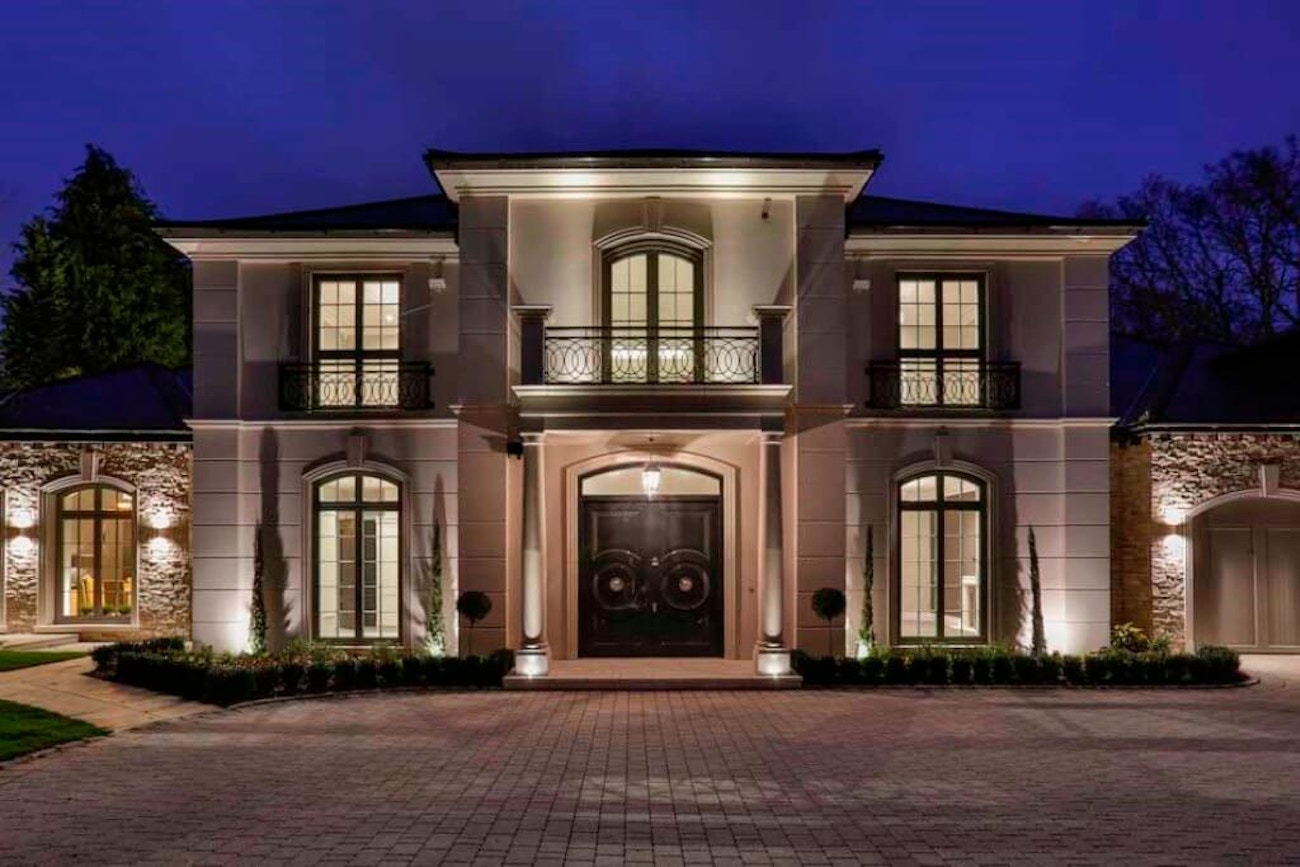The lighting in our homes goes far beyond helping us see at night. It contributes greatly towards how we feel, both physically and mentally, whilst creating an ambience in the space we live.
With many of us now working from home, upgrading your lighting may just be on the agenda. If so, you’ll want to consider some of today’s healthier and more eco-friendly lighting strategies. Here are 3 that we think deserve a mention.
1. Circadian lighting
We’ve explored this topic in great depths before, including what it means and how it affects our sleep, which can be found in our recent circadian lighting blog.
But for those who are new here, let’s give a quick breakdown.
Our bodies have an internal master clock, known as our circadian rhythm.
It helps to regulate our sleep-wake cycle, keeping us in sync with the 24-hour cycles of the sun.
This means that when it’s dark, our brains respond by producing melatonin to make us sleepy. Then, during the day these signals are suppressed, helping us to stay awake, alert, and concentrated.
But where does lighting come into this?
Because the melatonin levels in our bodies are triggered by light, the light in our homes serve a huge importance, just like the sun.
Circadian lighting design aims to work in harmony with our body’s circadian rhythm by emulating the natural cycle of the sun. Not only does this affect when the lights turn on and off, but how the colour and intensity changes throughout the day.
In short, circadian lighting mimics a warm amber light at sunrise, which slowly fades into a cooler, brighter light as the day progresses, before changing back to an amber light as the sun goes down.
But the benefits of circadian lighting don’t stop there. Using clever solutions that allow for a programmed lighting sequence, there’s never the risk of leaving lights on overnight at their full intensity. This means less electricity used for an eco-friendlier home, as well as increased cost savings when it comes to electricity bills.
2. Daylighting
Daylighting refers to the use of natural sunlight when illuminating a space, and it serves several advantages. You know that feeling when you feel extra joyful on a sunny day? Well, that’s due to an increase in serotonin levels (a mood-lifting chemical) in the brain, which is triggered by exposure to sunlight.
Increasing the amount of daylight that enters your home can even reduce symptoms of seasonal affective disorder (SAD) such as lack of energy and focus.
The most common ways to achieve daylighting in our homes is through the use of large windows and skylights. You can even increase exposure to daylight with mirrors and other reflective surfaces.
Due to the increased levels of light that daylighting brings, the reliance on artificial lighting becomes less needed during the day. In turn, you get both the environmental and cost benefits that come with reducing the use of electricity around the home.



